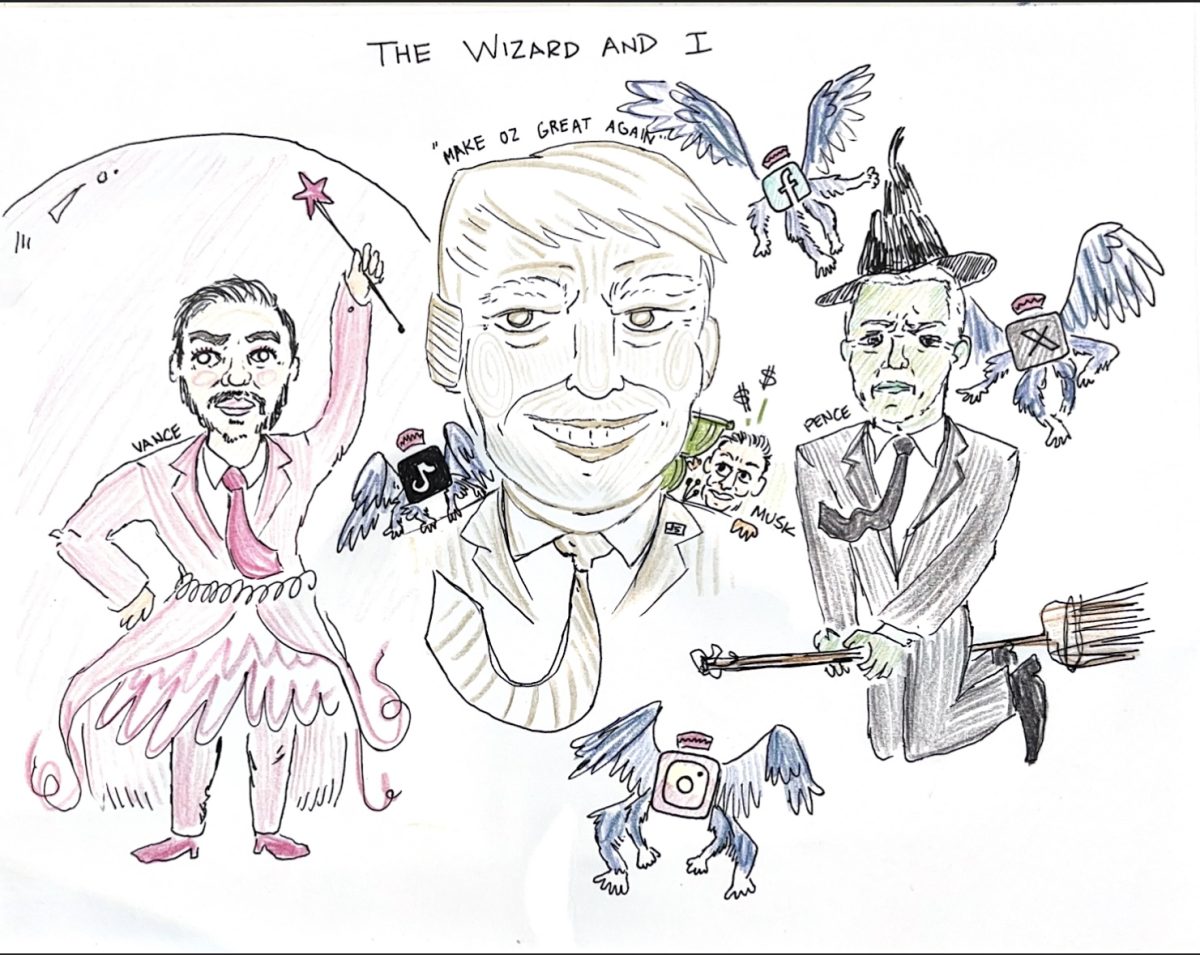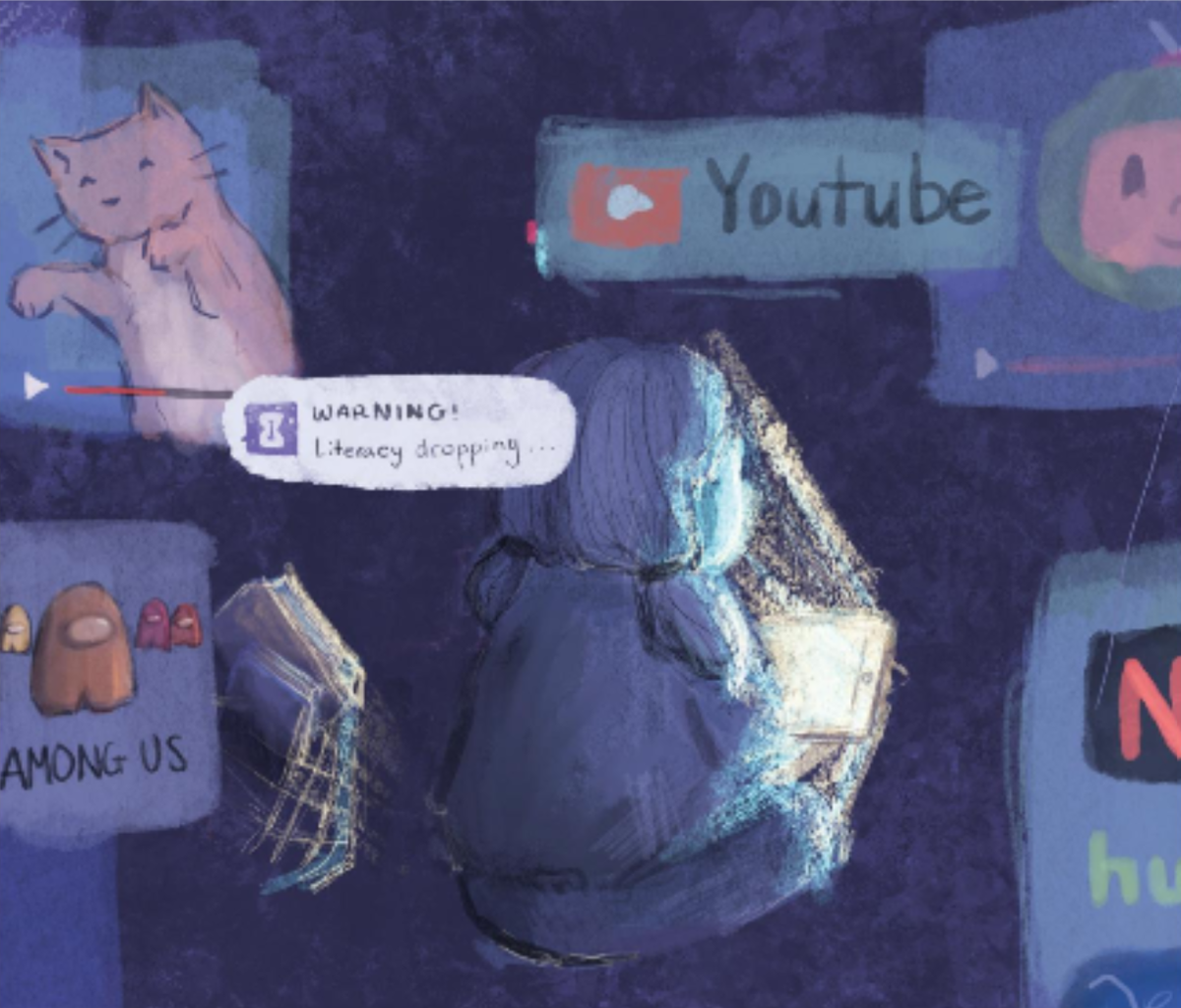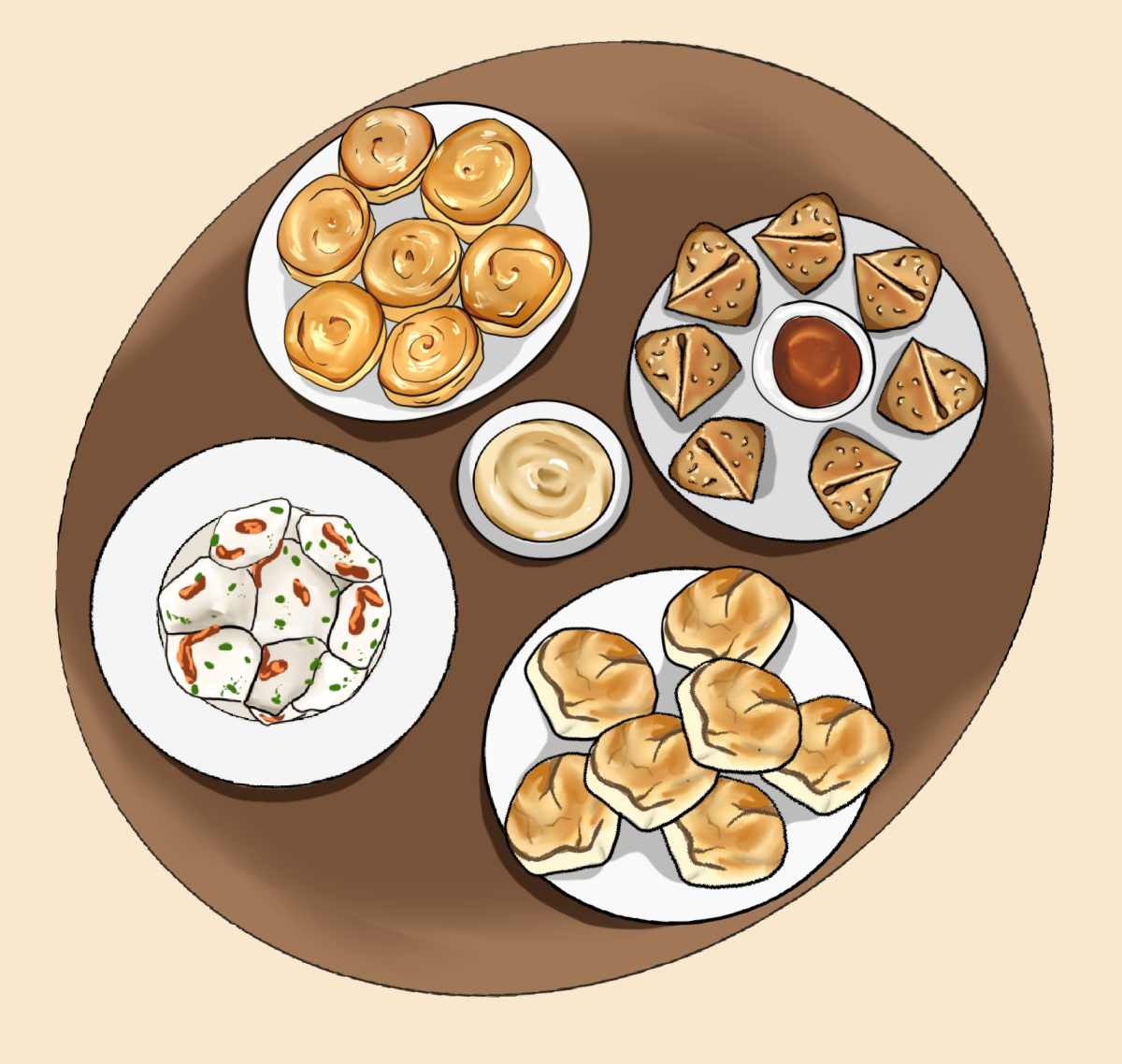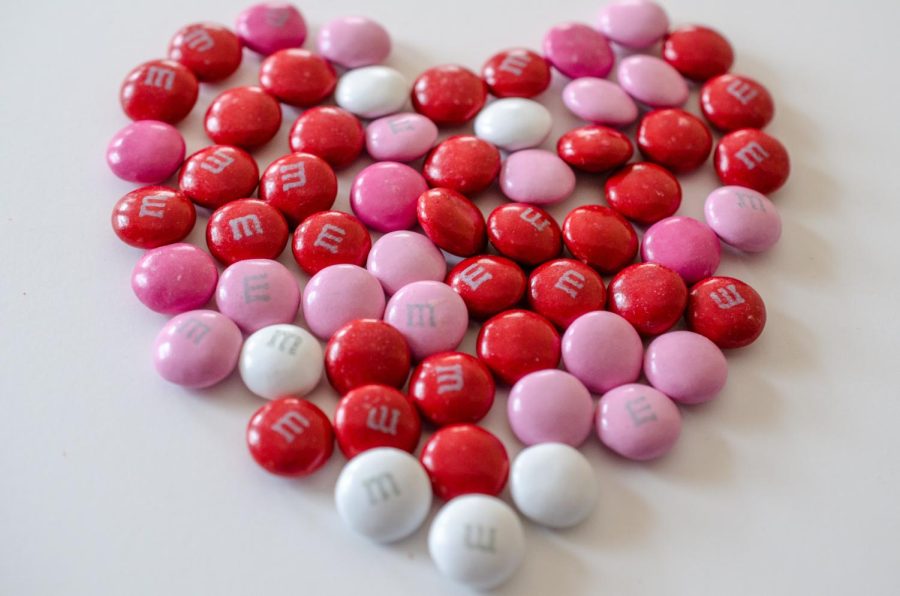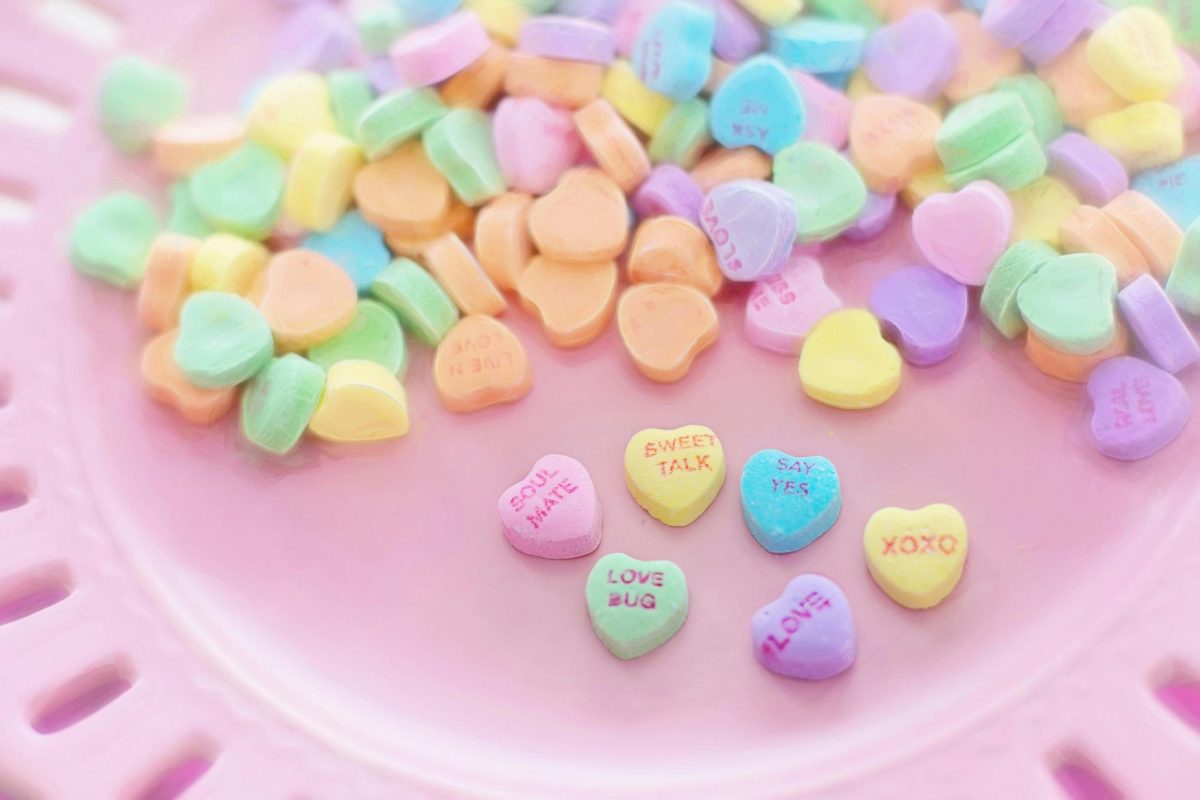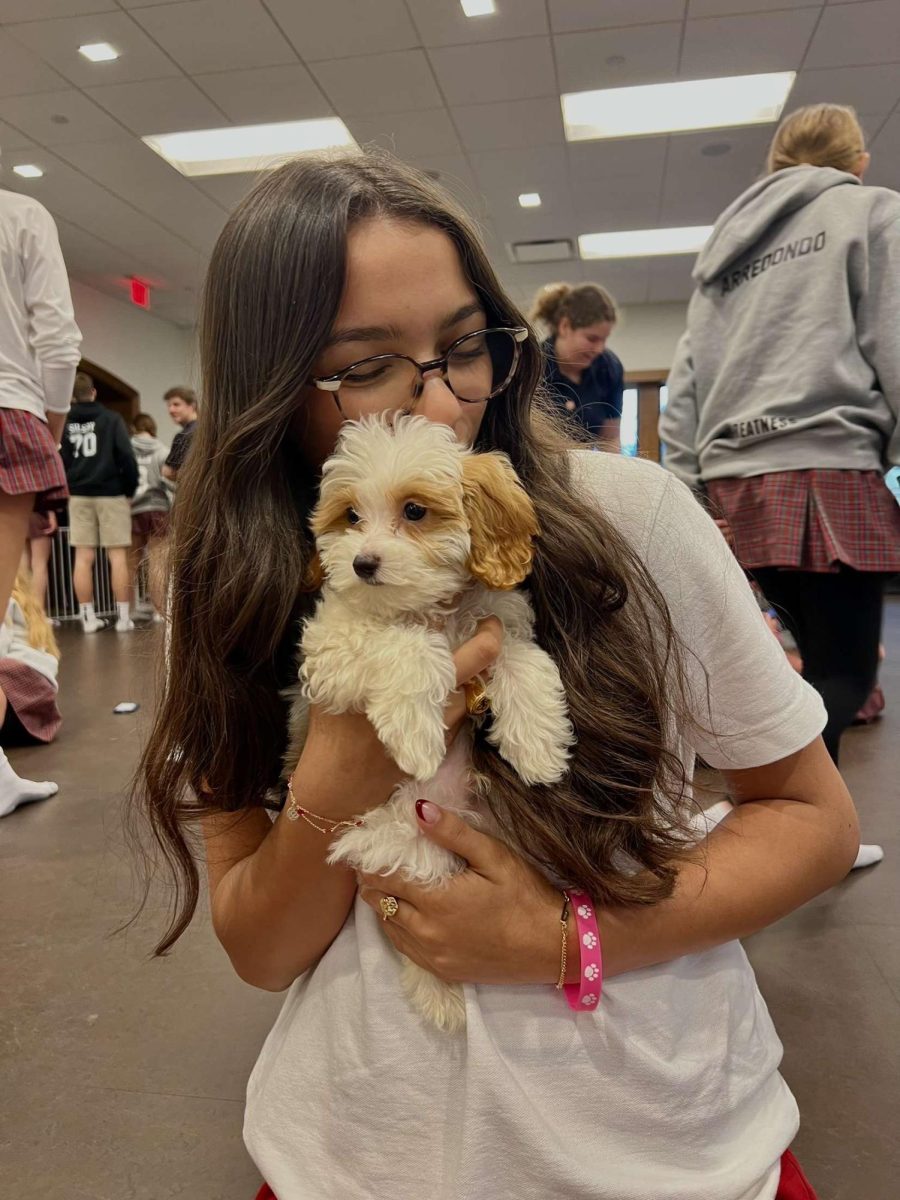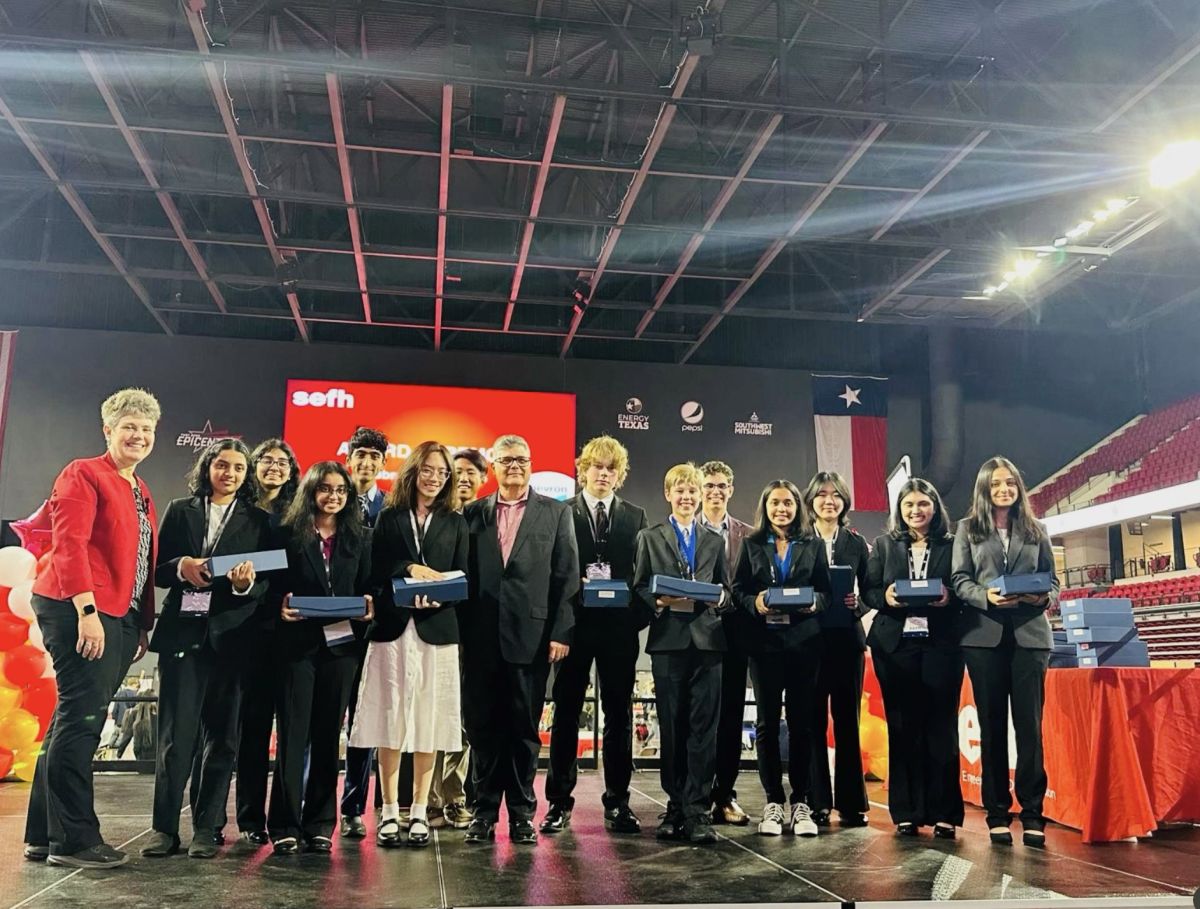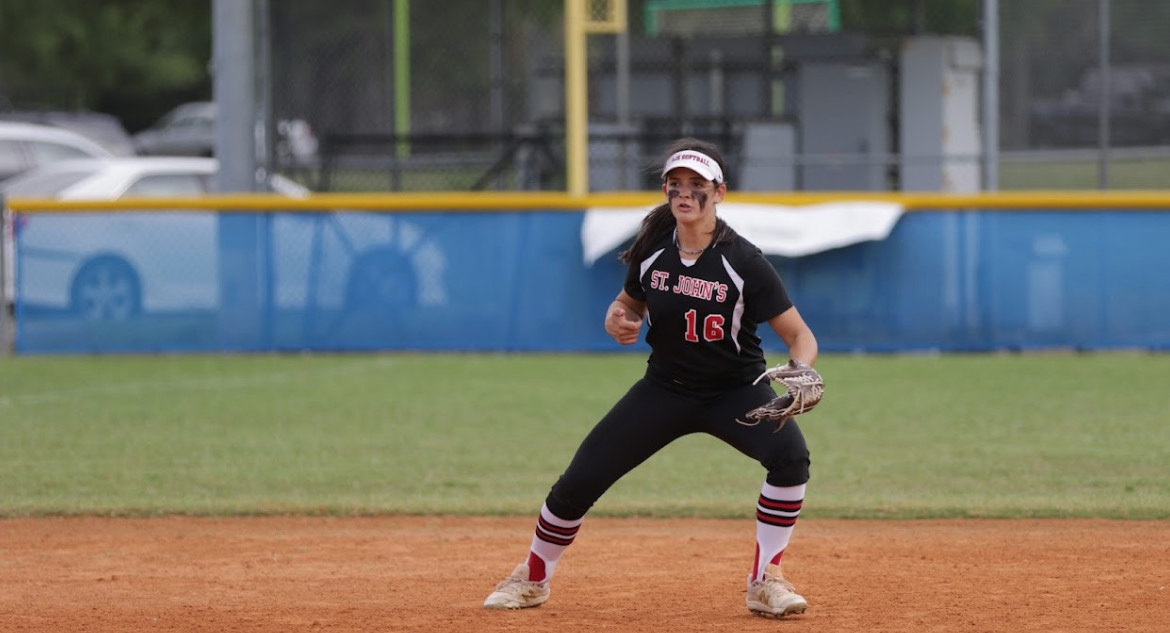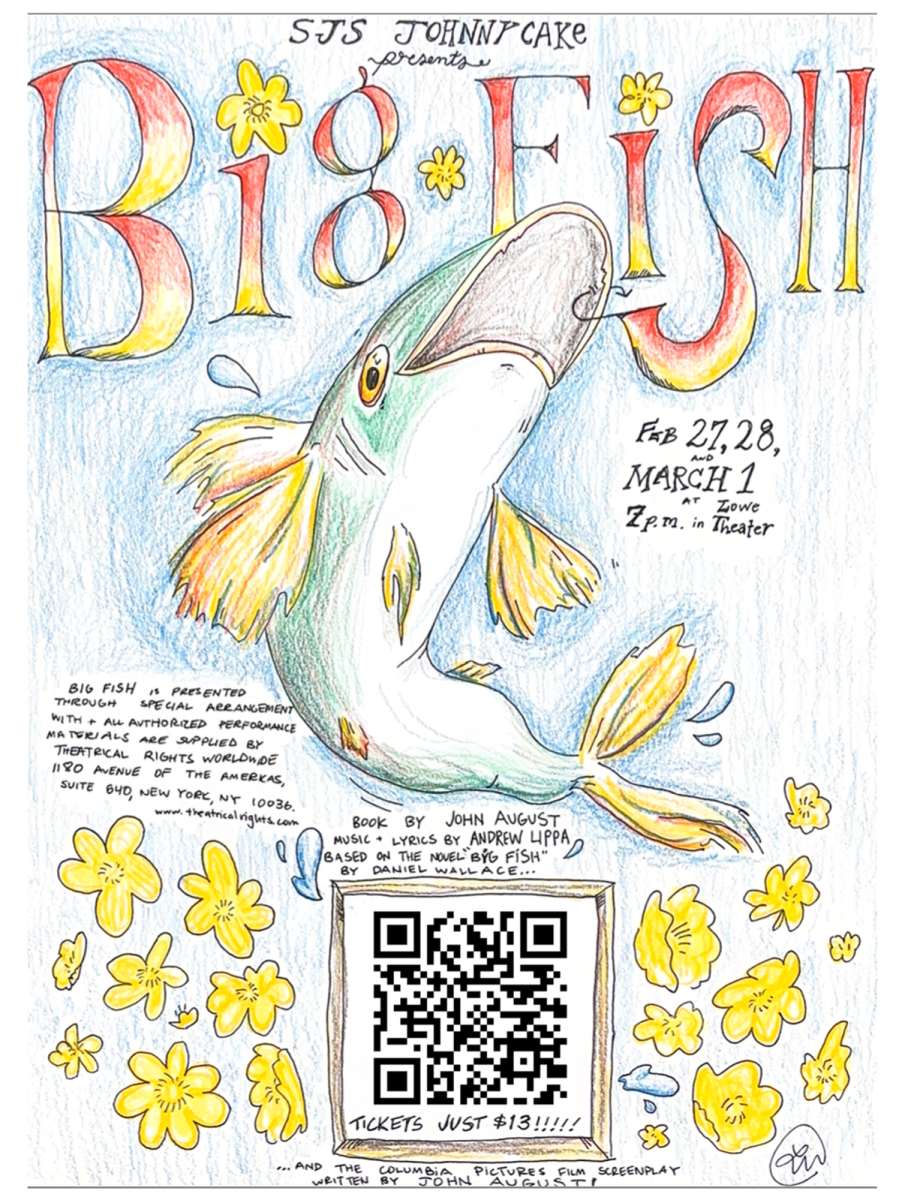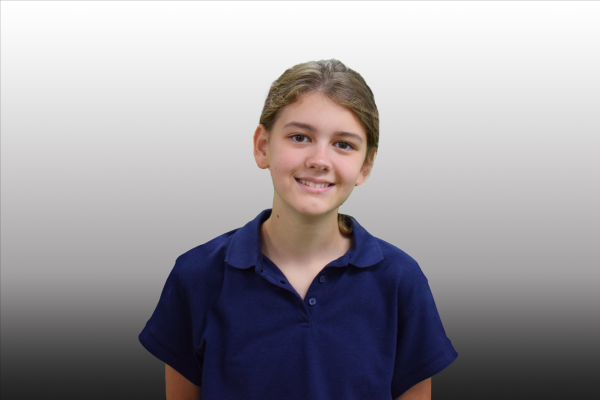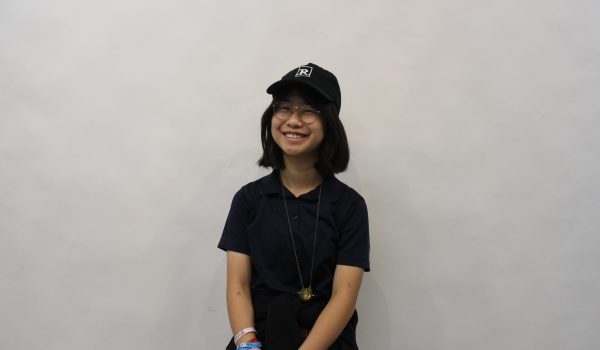Since 2015, Inside Out has been a childhood staple, largely due to the way it captures the universal emotions of adolescence.
What makes the 2024 sequel so genius is that it remains relatable because frazzled tomboy Riley ages with her audience. Many moviegoers feel a connection to a specific emotion personified in the films.
Inside Out 2 builds upon the original emotions by adding five new emotions that teenagers are well acquainted with. So, whether you relate to OGs or the angsty new kids on the block, below is the definitive ranking on all the emotions, old and new (marked with an *), from the Inside Out films.
 Envy* (Voiced by Ayo Edebiri)
Envy* (Voiced by Ayo Edebiri)
Did you remember this emotion’s name? Neither did I. While she actually had a somewhat significant role in the second movie, she felt like an extension of anxiety and duly faded into the background.
 Nostalgia* (June Squibb)
Nostalgia* (June Squibb)
Keeping her out of last place is her adorable character design. Despite having around two lines in the whole movie, she still deserves a place on the list.
 Anger* (Lewis Black)
Anger* (Lewis Black)
Here he is. He was there. He yelled. He burst into fire. He yelled. Did he do much beyond that? Did he contribute to the story? …Well…not quite.
 Fear (Bill Hader/Tony Hale)
Fear (Bill Hader/Tony Hale)
In both movies his use is for twittering commentary about how unsound Joy’s plans are (and usually he’s right), but that’s about it. While I appreciate his snippets of humor, they are few and far between. He receives bonus points for a purple color scheme.
 Disgust (Mindy Kaling/Liza Lapira)
Disgust (Mindy Kaling/Liza Lapira)
Like Fear and Anger, Disgust does not significantly advance the plot, but Disgust is iconic, so she ranks highest of these three originals.
 Joy (Amy Poehler)
Joy (Amy Poehler)
Distinguishing Joy from Disgust, Fear, and Anger is her intense initiative to fix all of Riley’s problems. Still, she annoys me with her passive-aggressiveness (and aggressive-aggressiveness) towards every other emotion.
 Embarrassment* (Paul Walter Hauser)
Embarrassment* (Paul Walter Hauser)
A very sweet character who does the best he can. He was the first new emotion to defy Anxiety.
 Sadness (Phyllis Smith)
Sadness (Phyllis Smith)
Yet again, she serves as Joy’s verbal punching bag. In the sequel, she really plays a bigger role—until she doesn’t. But she does as much, or more, than Joy while showing considerably more bravery.
 Anxiety* (Maya Hawke)
Anxiety* (Maya Hawke)
I like her adorkable outfit and her complex system of control over the entire mind that went unnoticed by the original emotions.
 Ennui* (Adèle Exarchopoulos)
Ennui* (Adèle Exarchopoulos)
Why is she French? I don’t quite know. But, as a Francophile, I have absolutely no problems with her je ne sais quoi. More universally, Ennui’s blasé and general tiredness with life feels quite familiar. She receives bonus points for a purple color scheme.




